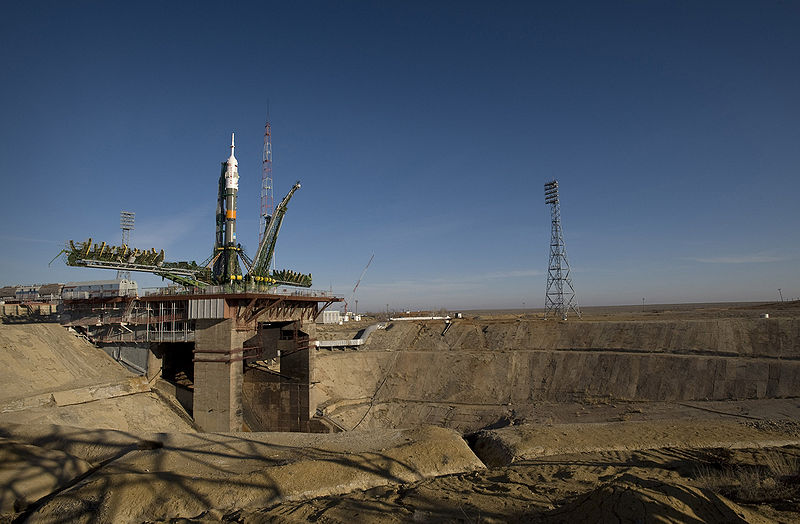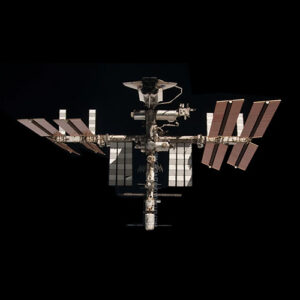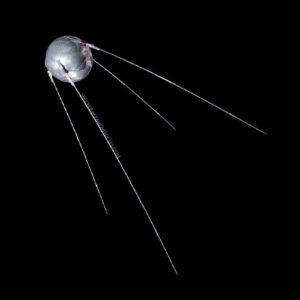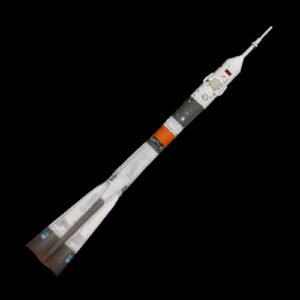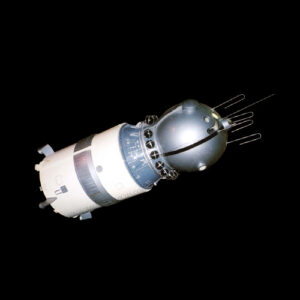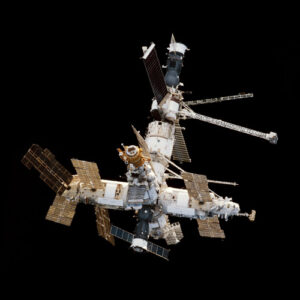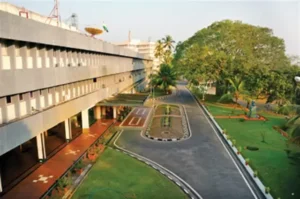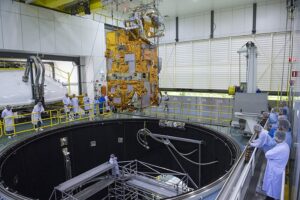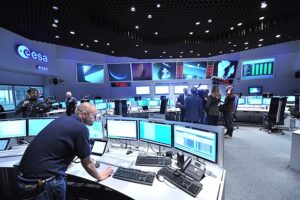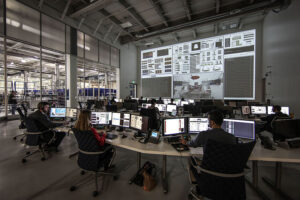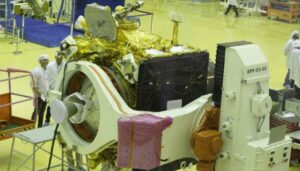The Baikonur Cosmodrome, located in Kazakhstan, is the world’s first and largest operational space launch facility.
Established by the Soviet Union in the 1950s, Baikonur has been the site of numerous historic space missions, including the launch of the first artificial satellite, Sputnik 1, and the first human in space, Yuri Gagarin. Its primary objectives include launching crewed and uncrewed missions, supporting international space collaborations, and advancing space technology.
Baikonur remains a critical launch site for missions to the International Space Station (ISS) and other scientific endeavors. Managed by the Russian space agency Roscosmos, the cosmodrome continues to play a significant role in global space exploration, contributing to technological advancements and expanding our understanding of the cosmos.
History and Evolution
The Baikonur Cosmodrome was established in 1955 in the harsh steppe region of Kazakhstan by the Soviet Union. Initially, it served as a testing ground for intercontinental ballistic missiles (ICBMs), but its role quickly expanded to include space exploration. The cosmodrome gained international fame on October 4, 1957, when it launched Sputnik 1, the world’s first artificial satellite, marking the beginning of the space age.
On April 12, 1961, Baikonur solidified its place in history by launching Yuri Gagarin aboard Vostok 1, making him the first human to journey into space. This milestone was followed by numerous other significant missions, including the launch of Valentina Tereshkova, the first woman in space, in 1963, and the deployment of the Lunokhod moon rovers in the early 1970s.
During the 1980s and 1990s, Baikonur continued to support a range of missions, including the launch of the Mir space station modules and numerous scientific satellites. The collapse of the Soviet Union in 1991 led to Kazakhstan gaining independence, but Baikonur remained under Russian control through a lease agreement.
In the 21st century, Baikonur has continued to evolve, supporting a mix of governmental and commercial launches. It remains a key launch site for Soyuz missions to the International Space Station, playing a vital role in human spaceflight and international cooperation. Technological advancements at the cosmodrome have included improvements in launch vehicle reliability and the integration of modern facilities to support a new generation of space missions.
Related Spacecraft
Here are some of the remarkable vehicles launched from this location:
Infrastructure and Facilities
The Baikonur Cosmodrome features a comprehensive array of facilities essential for space exploration:
- Launch Complexes: Multiple launch pads including Gagarin’s Start (Site 1/5), where Yuri Gagarin’s historic flight took off.
- Assembly and Testing Buildings: Facilities for assembling and testing launch vehicles and spacecraft, ensuring they are mission-ready.
- Mission Control Center: Coordinates all aspects of launch operations and monitors missions in progress.
- Integration and Checkout Facilities: Used for final assembly and testing of spacecraft before they are moved to the launch pad.
- Ground Support Equipment: Includes fueling stations, transportation vehicles, and other critical infrastructure to support launches.
- Cosmonaut Training Center: Trains astronauts and cosmonauts for missions, providing simulations and physical training environments.
- Visitor Complex: Provides public access to the history and achievements of the cosmodrome, featuring exhibits and educational programs.
